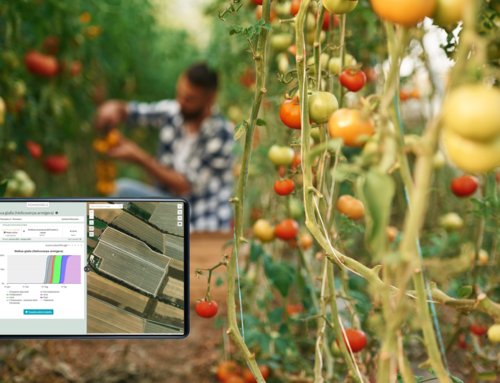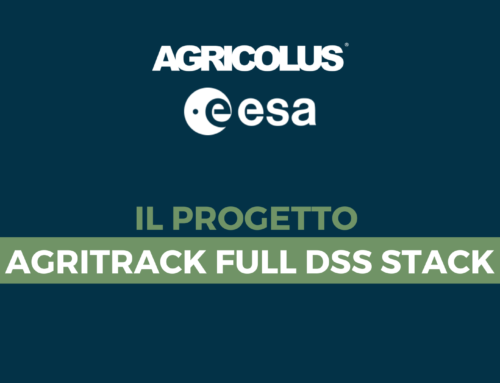Crop scouting is the on-field monitoring of plant diseases and crop damages: it is carried out by farmers and technicians in order to make decisions based on the data collected.
In order to carry out the crop scouting correctly, it is necessary that the sample adequately represents the entire cultivated area.
The samples will be representative only if the points observed are chosen randomly within the field: it is very important to choose accurately where to make the observations, so as to avoid the risk of investing time and money in monitoring that give wrong results.
There are several methods of sampling, let’s see some of them:
Convenience (non-random) sampling
It consists in the selection of the sample according to criteria of convenience.
For instance, you only sample where the field is easily accessible, ignoring the other parts.
This method is certainly convenient and fast, but it may not guarantee adequate randomization (and therefore representativeness) of the sample. It may therefore happen that the size of the phenomenon (such as an infestation) is overestimated, or that it is underestimated, not performing a treatment that would have been necessary instead.
Simple random sampling
It consists in making observations in selected points of the field through a method that guarantees the spatial randomness of the sampling points.
The randomness adopted should facilitate the spatial balance of the samples, which in turn should guarantee the representativeness of all the conditions of the studied space. However, it may be difficult to apply correctly as it presupposes a good spatial orientation by the operator.
This limit can be overcome by using geographic support tools for sample location, such as apps and GPS detectors.
Systematic random sampling
It consists of observations at regular spatial intervals, based on arbitrary criteria.
It is certainly easier to apply than simple randomization sampling and produces spatially very balanced samples. However, this method is highly sensitive to cyclical variables, that is variables that have a repeated pattern in space.
Stratified random sampling
In this case, before sampling, the field is divided into homogeneous areas chosen according to the factors that influence the variable to be sampled (stratification factors).
Within each homogeneous area the samples are chosen randomly. This sampling scheme can only be applied if you know the factor that determines the variation of what you are monitoring.
If applied correctly, this technique allows representative samples of the field to be obtained with a limited number of measurements.
One possible stratification parameter could be the vigour: in this case, the field is divided into homogeneous zones based on the vigour index, and the same number of randomized samples are collected within each zone.
How many samples?
The most frequent question when carrying out the crop scouting is: how many points do I need to observe in the field to have a representative sample?
There is no single answer to this question, but there are a few rules that should be taken into account when sampling:
- the higher the number of observations, the lower the possibility to make wrong evaluations.
- the sample size increases with the increase of the variability of the studied phenomenon and not with the field size; in fact, it is almost useless to increase the number of samples in very homogeneous fields, where the same situation will most likely be found.








